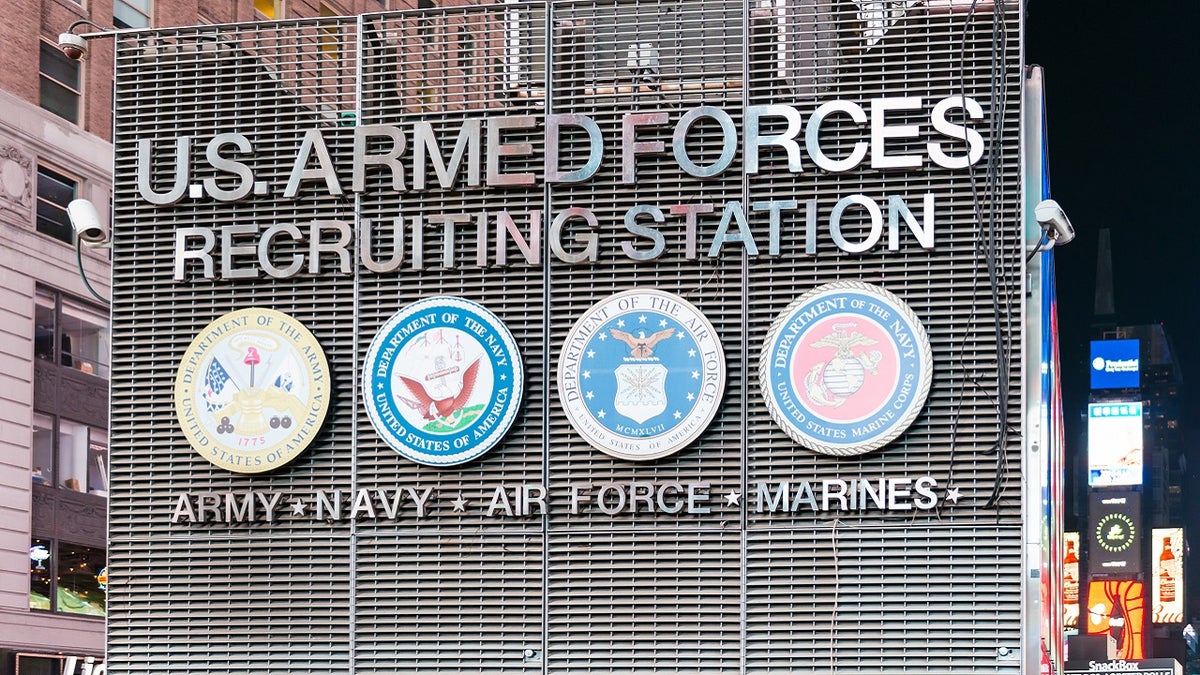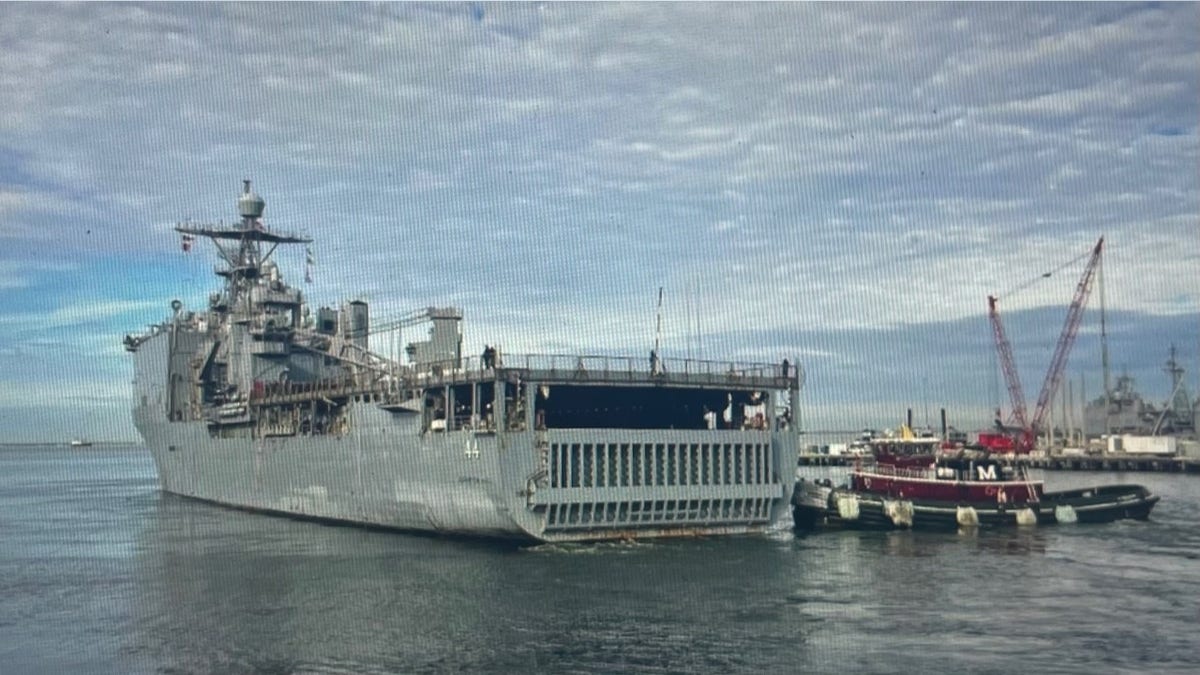Why is the US Army facing a recruiting crisis?
Fox News senior national security correspondent Jennifer Griffin has the latest on why the Army is expected to fall short of its 2023 goal on America Reports.
The U.S. Navy will start to enlist applicants who have not graduated from high school or obtained a GED as the service continues to struggle with its recruiting goals.
"We get thousands of people into our recruiting stations every year that want to join the Navy but do not have an education credential. And we just turn them away," Vice Adm. Rick Cheeseman, the Navy's chief of personnel, said of the change, according to a report in The Associated Press.
The new plan will allow recruits who don't have an education credential to enlist as long as they score a 50 or above out of 99 on the qualification test, according to the report, marking the first time the Navy has allowed such recruits since the year 2000.
US MILITARY IS 'WEAK,' IN DANGER OF NOT BEING ABLE TO DEFEND NATIONAL INTERESTS: STUDY

The aircraft carrier USS Theodore Roosevelt (CVN 71) leaves its San Diego home port Jan. 17, 2020. (U.S. Navy via Getty Images)
Cheeseman said the Navy turned away over 2,400 potential recruits last year because they lacked an education credential, roughly 500 of whom could have scored high enough to get in under the new rules.
"I’m hoping all my recruiters have called all 2,442 of them in the last 72 hours, and we’ll see how it goes... We'll try to get some test takers this weekend," Cheeseman told the AP.
The move marks the second time the Navy has lowered certain standards in a bid to fight its continued recruiting woes, coming just over a year after it allowed for a higher percentage of recruits who scored low on the Armed Services Qualification Test.
The Navy failed to meet its goal of enlisting 37,700 new recruits last year, bringing in just 31,834. That goal is higher this year, Cheeseman said, with the Navy looking to bring in 40,600 recruits and have a total end strength of 337,800.

The U.S. Armed Forces Recruiting Station in Times Square, New York City. (Roberto Machado Noa/LightRocket via Getty Images)
US FORCES STRIKE 2 HOUTHI ANTI-SHIP MISSILES, TWO DEFENSE OFFICIALS SAY
"I need these sailors. So it’s a stretch goal. We’re telling our recruiters to go get 40,600 people to join the Navy," Cheeseman said. "We don’t fully expect to get that many. But we’re going for it."
The move to lower entry standards is rare and has been resisted by other branches of the military, with leaders fearing that the lower performing recruits are more likely to wash out of boot camp or fall victim to disciplinary issues during their time in service.
Cheeseman acknowledged that risk and said recruits enlisted under the lower test score standards last year did wash out of boot camp at a slightly higher rate, 11.4%, than those who achieved higher scores before enlistment, 6.4%.

The Navy turned away over 2,400 potential recruits last year because they lacked an education credential. (US Navy )
Nevertheless, the Navy felt it had to make the move in order to grow the pool of potential recruits and meet the demands of the service.
"We just finally decided, OK, let’s go," Cheeseman said. "My, argument for accepting that risk is that we have capacity for boot camp. We’re not filling the seats. So I’m willing to take a risk."
Reached for comment by Fox News Digital, a Navy spokesperson said the new policy would benefit "the Navy by expanding the potential applicant pool of highly qualified and motivated future Sailors who may have been impacted by COVID-19 trends of non-traditional schooling, early exit from high school to support their family, or a variety of other individual circumstances."
"Sailors who enlist under this policy change can achieve personal and professional growth by earning their GED while gaining experience in cutting-edge technologies and learning professional skills that allow them to exceed their expectations while serving in the Navy," the statement continued.
The spokesperson said that the Navy anticipates the about 500-2,000 additional Navy enlistments per year by opening up to what are considered "tier 3" applicants for the first time since 2000.
"The Navy has not lowered its standards by opening accessions to Tier 3 applicants. Future Sailors have and continue to qualify for ratings based on ASVAB line scores (subtests) and not based on the AFQT composite score. Every Sailor is qualified for the rating in which they are assigned. Tier 3 applicants must score in the 50th percentile or higher on the AFQT. Graduation from skill training remains the standard for rating entry," the spokesperson said, adding that the potential sailors would also have "the opportunity to use free academic skills training programs and test preparation courses to assist them with earning a GED while serving."


